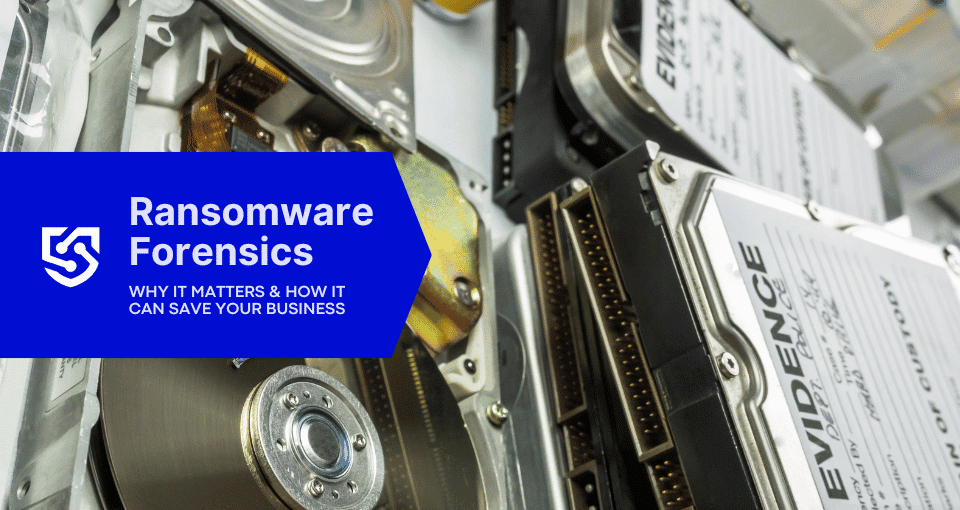Ransomware attacks are not just a threat—they are a growing epidemic that can damage businesses’ continuity and reputation and compromise sensitive information within minutes. When such an attack occurs, understanding ransomware forensics becomes critical. This specialized field of digital forensics enables victims to uncover cybercriminals’ actions, providing crucial insights that can aid in recovering lost data and preventing future incidents.
For this reason, victims must act quickly to gather and secure digital evidence, as this information is vital for law enforcement investigations to catch these perpetrators and deter further crimes.
By the end of this article, you will understand what ransomware forensics is, why it is essential in the current cybersecurity landscape, its role in recovering from an attack, and the steps you can take to collect and preserve critical evidence effectively.
What is ransomware forensics?
Ransomware forensics is a specialized branch of digital forensics that investigates and analyzes cybercrime incidents involving ransomware attacks.
This field plays a crucial role in uncovering cybercriminals’ methods, identifying vulnerabilities within affected systems, and understanding the overall attack lifecycle. By systematically preserving digital evidence, ransomware forensics enables organizations to reconstruct the sequence of events leading up to an attack, assess the impact on their networks, and develop effective response strategies.
Proven Data’s digital forensics experts utilize advanced techniques to extract vital information from ransomware incidents. This includes:
- Tools and Methods Used in the Attack: Identifying the specific malware strains and techniques employed by attackers helps understand their operational methods.
- Vulnerabilities Exploited: Analyzing how attackers gained unauthorized access to networks allows organizations to strengthen their cybersecurity measures against future threats.
- Affected Networks and Systems: Compiling a comprehensive list of impacted networks, systems, files, and applications is essential for assessing the full scope of an attack.
Sensitive Data Accessed or Removed: Documenting which sensitive files and folders were compromised aids in determining potential legal implications and necessary notifications to affected parties.
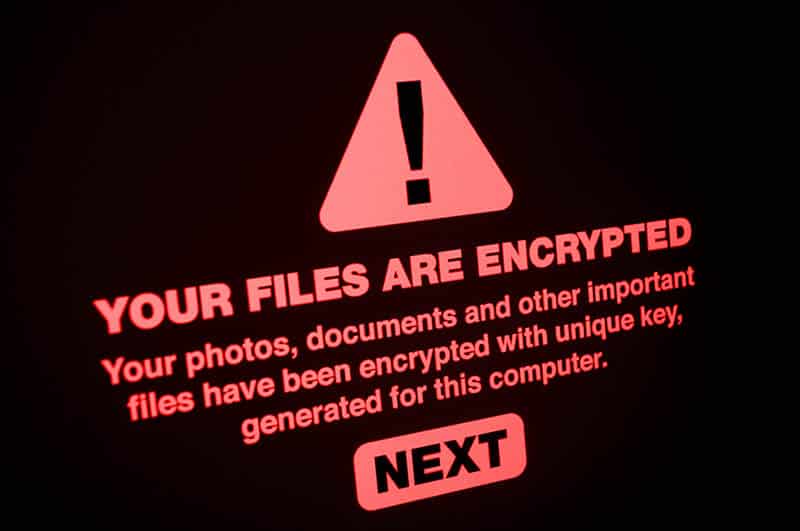
The importance of ransomware forensics
Preserving and analyzing evidence during a ransomware forensics investigation is a part of ransomware incident response activities. You can’t ignore it, as it can benefit your business by increasing its cybersecurity and preventing threats.
1. Learn how the attack happened and how to prevent repeat attacks
A ransomware forensics investigation is crucial to find out how the threat actor gained access to your network.
Common ransomware attack methods include:
- Exploiting unsecured Remote Desktop Protocol (RDP) ports
- Brute forcing attacks on weak passwords
- Sending phishing emails with malicious links or attachments
- Utilizing exploit kits to target known operating system vulnerabilities
- Gaining unauthorized access via out-of-date, unpatched software, servers, or firewalls
Ransomware forensics plays a vital role in this process, as it not only helps identify attackers’ methods but also provides insights that can prevent future incidents.
Implementing effective detection techniques can significantly mitigate potential damage. Ransomware detection typically involves three main approaches:
Signature-based detection
This method relies on known malware signatures—unique identifiers associated with specific ransomware variants. Anti-virus software scans files against a database of these signatures to identify and block known threats. While effective for recognized malware, this technique struggles against new or modified variants that lack established signatures.
Behavior-based detection
This approach monitors system behavior for unusual or suspicious activities indicative of a ransomware attack. For example, rapid file encryption or abnormal network connections can signal malicious activity. However, it may yield false positives, requiring careful analysis to differentiate between legitimate and malicious actions.
Anomaly detection
This technique focuses on identifying deviations from standard network traffic patterns or user behavior. For instance, a sudden spike in outgoing data could indicate ransomware attempting to exfiltrate sensitive information before encryption occurs. Anomaly detection often requires sophisticated monitoring tools and can be enhanced through machine learning algorithms that adapt to evolving threats.
By determining the specific gap in your cyber security protection that was exploited, you can prevent new ransomware attacks on your network.
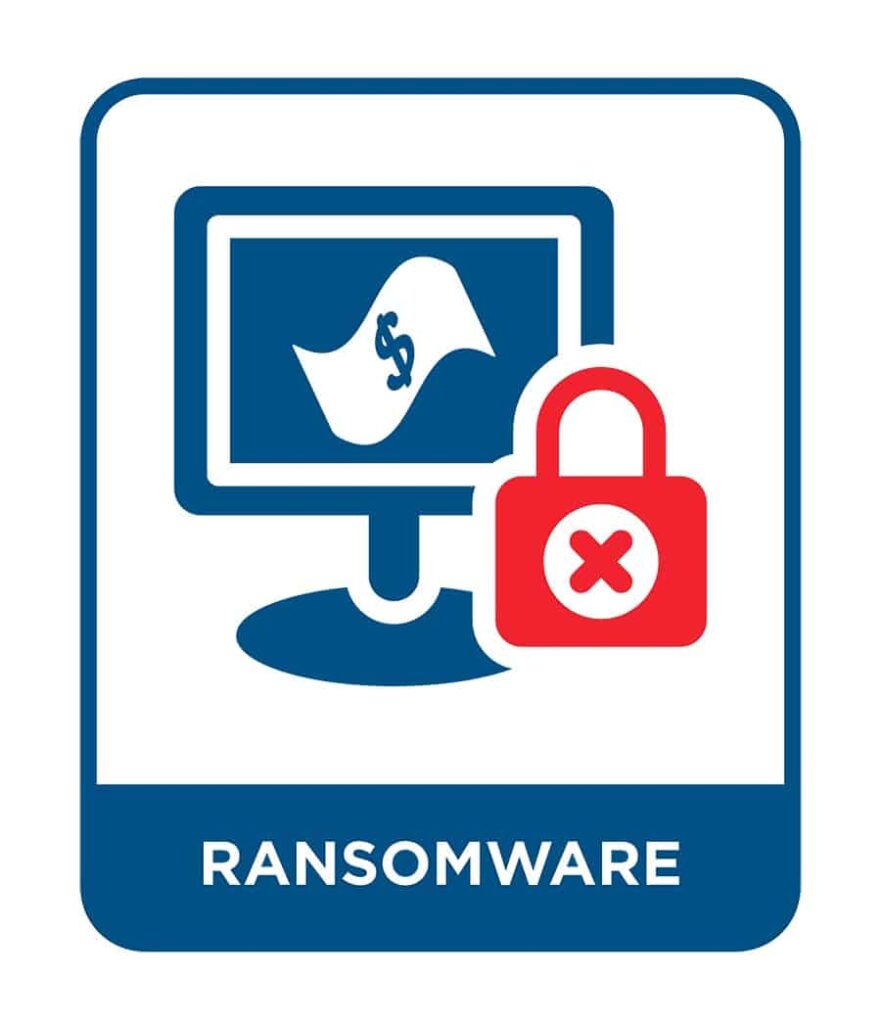
2. Find out if your data was compromised or stolen
A cyber criminal’s actions during a ransomware attack could critically compromise sensitive data and result in legal consequences for your organization. That is because data security laws protect users’ sensitive and private data usage, and ransomware not only encrypts the files but can also leak them or sell them on the deep web.
Data exfiltration from ransomware attacks poses a significant threat, especially as attackers increasingly target healthcare facilities and critical infrastructure. Utilizing double extortion tactics, cybercriminals not only encrypt sensitive data but also threaten to release it unless a ransom is paid.
Healthcare organizations are particularly vulnerable due to their obligation to protect sensitive patient information, making them more likely to comply with demands. In 2023, ransomware attacks against the healthcare sector nearly doubled, with over 258 incidents reported in the U.S. alone. These attacks can disrupt patient care and compromise safety protocols, as demonstrated by the Ascension hospitals cyber incident, which led to delayed lab results and jeopardized patient health. Understanding the implications of data exfiltration is crucial for organizations seeking to strengthen their defenses against such threats.
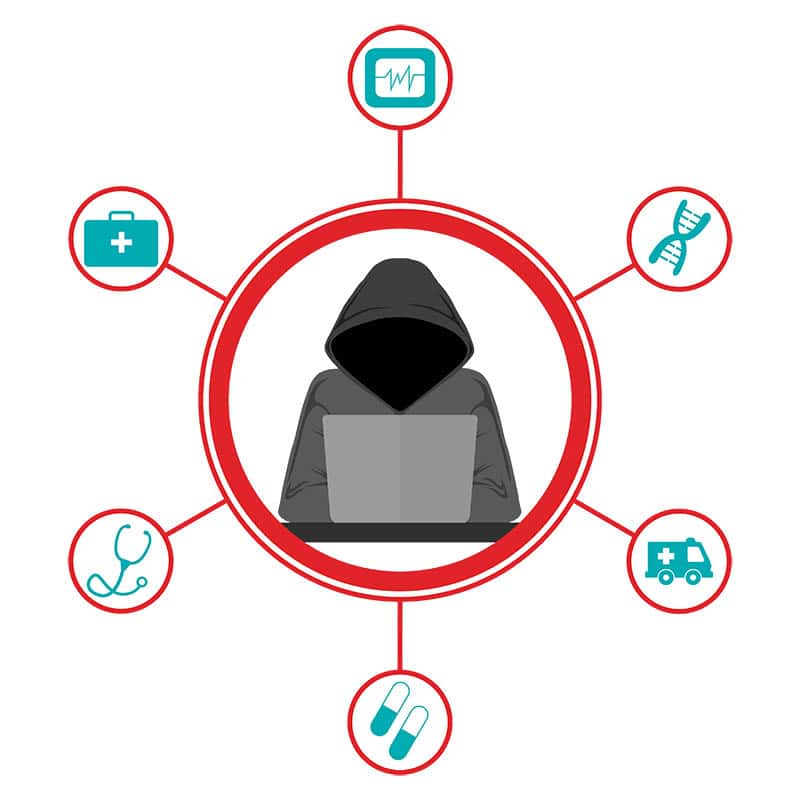
The Department of Health & Human Services (HHS) has a fact sheet regarding its stance on ransomware and HIPAA regulations. A breach under the HIPAA rules is defined as “..the acquisition, access, use, or disclosure of PHI in a manner not permitted under the [HIPAA Privacy Rule] which comprises the security or privacy of the PHI.” Per the HHS, a ransomware attack is considered a breach unless the entity can demonstrate a low probability of compromise of the PHI. See the HIPAA Breach Notification Rule for more information.
A ransomware forensics investigation can help establish the probability of data compromise and preserve digital evidence necessary in legal cases.
3. Improve chances of ransomware recovery if a decrypter is released or developed in the future
Forensics analysis includes preserving ransomware-encrypted files to ensure your data can be decrypted in the future as a decryptor is released. Ransomware groups sometimes cease operations and release decryption keys. Although rare, it’s not impossible, as demonstrated when the Shade ransomware gang released 750,000 decryption keys in April 2020 or Operation Cronos in 2024, which led to the FBI obtaining over 7,000 decryption keys.
4. Help law enforcement agencies identify and investigate the attackers
Reporting a ransomware attack should always be a part of your incident response plan. A forensics investigation can provide the information necessary to report a ransomware attack to your respective country’s law enforcement agency. The Internet Crime Complaint Center (IC3) is the USA’s responsible agency for investigating ransomware attacks.
This information includes:
- IP addresses
- Digital currency wallet addresses
- Threat actor email addresses
- The attack vectors exploited to carry out the ransomware attack
Additionally, a forensics investigation can attempt to geolocate the unauthorized account logins and map them to determine the location where the attack originated. These are critical information that authorities can use to track, investigate, and prosecute the perpetrators of the attack.
The information provided by a ransomware forensics report can help authorities identify ransomware attack patterns and bolster law enforcement investigations and prosecutions of the perpetrator of the attack. In addition, the indicators of compromise are typically shared through publicly accessible alerts to help the cyber community prevent future attacks.
5. File a Cyber Insurance claim
The insights gained from forensic investigations not only aid in mitigating future threats but also play a pivotal role in navigating the complexities of insurance claims and liability assessments. Here’s how ransomware forensics contributes to these areas:
Evidence collection for claims
A thorough ransomware forensics investigation is critical for gathering evidence needed to support cyber insurance claims. This includes documenting how the attack occurred, identifying vulnerabilities exploited by attackers, and assessing the impact on systems and data. Insurers often require this information to validate claims and determine compensation.
Clarifying liability
Forensic investigations help clarify liability issues by pinpointing whether organizational negligence contributed to the breach. If vulnerabilities stem from outdated software or inadequate security measures, insurers may contest claims based on failure to meet cybersecurity standards.
Impact assessment
Understanding the impact of a ransomware attack through forensic analysis allows organizations to provide insurers with accurate assessments of losses incurred. This includes direct financial losses, reputational damage, and operational disruptions.
Understanding the role of ransomware forensics is essential for responding to attacks and navigating the complexities of cyber insurance claims and liability determinations.
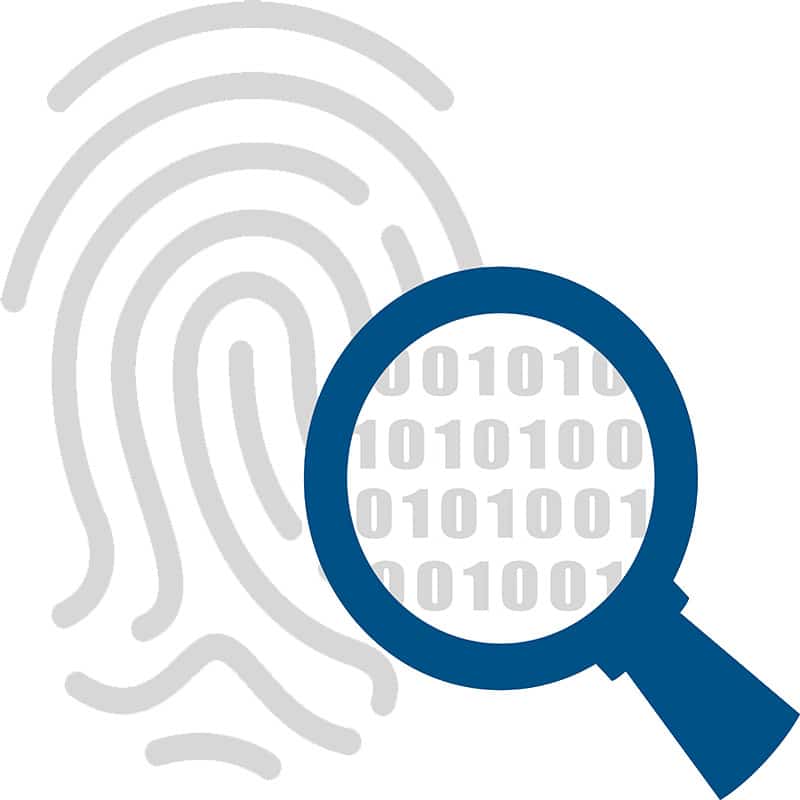
How do I preserve forensic evidence of a ransomware attack?
Ensuring the preservation of infected systems and files is crucial for the analysis and investigations of a ransomware attack.
To do so, immediately after being hit by a ransomware attack, you must follow the next steps:
1. Do not shut down your affected device
Shutting down your device may erase critical forensics artifacts pertinent to the forensics investigation.
2. Disconnect the affected device
To stop the infection from spreading, immediately disconnect any network, Wi-Fi, or Bluetooth connection and remove any USB or external hard drives connected to the affected machine.
3. Create a forensically sound image
As soon as possible, create a forensically sound image of any systems that have access to sensitive data using forensics imaging software or contacting a ransomware recovery service.
4. Create a second copy of the forensics images
This step is optional, but it’s highly advised to save an extra copy in a safe place.
5. Preserve logs
Save firewall logs, VPN logs, and any logs that can be saved within the environment. These logs may have a short lifespan, so it’s important to grab them promptly.
6. Document all information on the ransomware attack
This includes:
- Photo or copy of the ransom demand note,
- Ransomware variant name, if known (you can use our free Ransomware ID tool to help discover this),
- The file extension of encrypted files (if that’s the case),
- The approximate date and time of the attack,
- The file naming scheme for the ransom note/readme file left by the attacker,
- Any email addresses or URLs, or other methods provided by the attacker for communications,
- Required payment method/bitcoin addresses provided by the attacker,
- Ransom amount demanded if known.
Next steps to ensure ransomware forensics
Taking prompt action is critical when responding to a ransomware attack. Following the steps listed above will help you properly preserve evidence of the attack immediately after it occurs.
The ransomware forensics analysis can provide information on the anatomy of a ransomware attack and create a roadmap for how to secure your network to prevent future ransomware attacks.
Proven Data forensics examiners are here to help you navigate the complicated process of understanding the scope of the ransomware incident through thorough investigation and comprehensive reporting.
